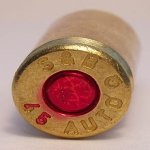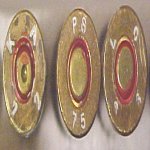Hi everyone, I do a lot of 556 reloading, but even though I have a lyman cleanup machine, I find that cleaning the 556 primer pocket is a very time consuming extra process. My range is within 200m. I'm wondering if I skip this process, will it have a serious impact on accuracy?
I find that some press like Lee Turret Press, they skip cleaning the primer pocket and go straight to priming.
I find that some press like Lee Turret Press, they skip cleaning the primer pocket and go straight to priming.












































































